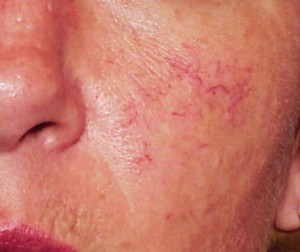 Rosacea (pronounced “roh-ZAY-sha”) is a chronic and potentially life-disruptive disorder primarily of the facial skin and often characterized by flare-ups and remissions. It typically begins any time after age 30 as a redness on the cheeks, nose, chin or forehead that may come and go. In some cases, rosacea may also occur on the neck, chest, scalp or ears. Over time, the redness tends to become ruddier and more persistent, and visible blood vessels may appear. Left untreated, bumps and pimples often develop, and in severe cases the nose may grow swollen and bumpy from excess tissue. This is the condition, called rhinophyma (pronounced “rhi-no-FY-muh”), that gave the late comedian W.C. Fields his trademark bulbous nose. In many rosacea patients, the eyes are also affected, feeling irritated and appearing watery or bloodshot.1
Rosacea (pronounced “roh-ZAY-sha”) is a chronic and potentially life-disruptive disorder primarily of the facial skin and often characterized by flare-ups and remissions. It typically begins any time after age 30 as a redness on the cheeks, nose, chin or forehead that may come and go. In some cases, rosacea may also occur on the neck, chest, scalp or ears. Over time, the redness tends to become ruddier and more persistent, and visible blood vessels may appear. Left untreated, bumps and pimples often develop, and in severe cases the nose may grow swollen and bumpy from excess tissue. This is the condition, called rhinophyma (pronounced “rhi-no-FY-muh”), that gave the late comedian W.C. Fields his trademark bulbous nose. In many rosacea patients, the eyes are also affected, feeling irritated and appearing watery or bloodshot.1
Oral and topical anti-inflammatory medications have traditionally been used to treat the condition; however, laser and light therapies are also used effectively to help control or reverse signs and symptoms. Essential oils are even beneficial to help soothe irritated and inflamed skin.
“When people see redness, they may think it is acne and apply abrasive skin care products that are drying and cause more irritation,” says medical esthetician, Nancy Cornicelli. “With rosacea, you want to avoid harsh cleansers and opt for calming, organic products that reduce inflammation and soothe the skin.” She recommends extracts from flowers and herbs such as calendula (her top choice), chamomile, lavender and rosemary. “Many underestimate the potency of essential oils,” she says reminding us that herbs and flowers are the basis for most medications.
Since the mid-1980s, lasers have been used to treat the dilated blood vessels, persistent redness, acne-like breakouts, and thickening of the skin that are characteristic of rosacea, and most recently, intense light therapy, which Joan Warren, M.D., of The Vein Institute considers the leading treatment
for rosacea.
She prefers FotoFacial, which uses optical energy to go beyond the surface to the lower layers of the skin while providing little discomfort and strong results.
“With 5-7 treatments over a 3-4 week period, we standardly see 90% improvement,” she says. She also recommends wearing sunscreen all of the time and avoiding retin-A products which can make the condition worse.
Most of the time Dr. Warren uses two types of procedures to address different symptoms. For the tiny blood vessels that appear (and may or may not be associated with rosacea), she uses the “Vein Gogh,” a small needle that pops and coagulates the blood causing the vein to disappear.
Certain foods are said to increase symptoms including some dairy products, citrus and spicy cuisine, along with alcohol, and hot beverages such as tea and coffee.1 Many now point to wheat as the core cause. “After suffering from acne for over 30 years, I started to develop rosacea on my face,” says primary care physician Joseph Scherger, M.D., of Eisenhower Medical Center. “Being from rural Ohio, I was a big bread eater and after reading Chapter 12 of Wheat Belly, realized – and was frankly angry – to learn about wheat as the cause.” He gave up wheat and in two weeks saw his rosacea disappear. He now prescribes wheat elimination to patients suffering from skin conditions such as rosacea.
There is no cure for rosacea and the cause is unknown. Individuals who suspect they may have rosacea are urged to see a qualified health care practitioner for diagnosis and appropriate treatment.
For more information on rosacea, visit rosacea.org. Nancy Cornicelli of the Facial Cottage can be reached at (760) 250.7229. Dr. Joan Warren of the Vein Institute can be reached at (760) 610.5573.
Reference: 1) National Rosacea Society
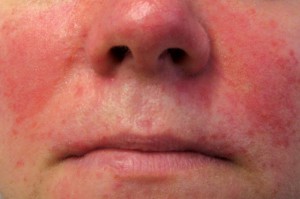








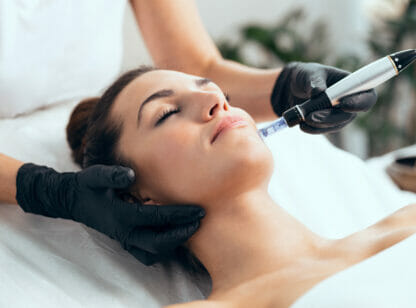
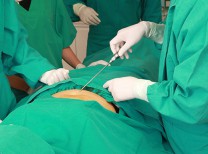


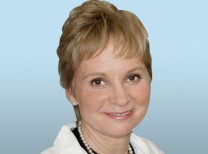




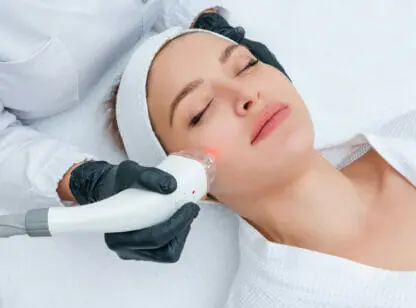

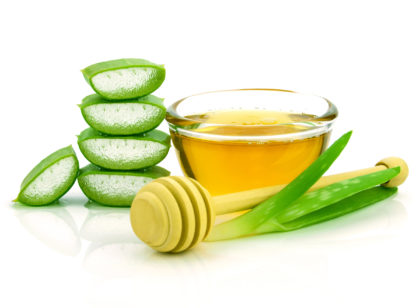



























Comments (0)